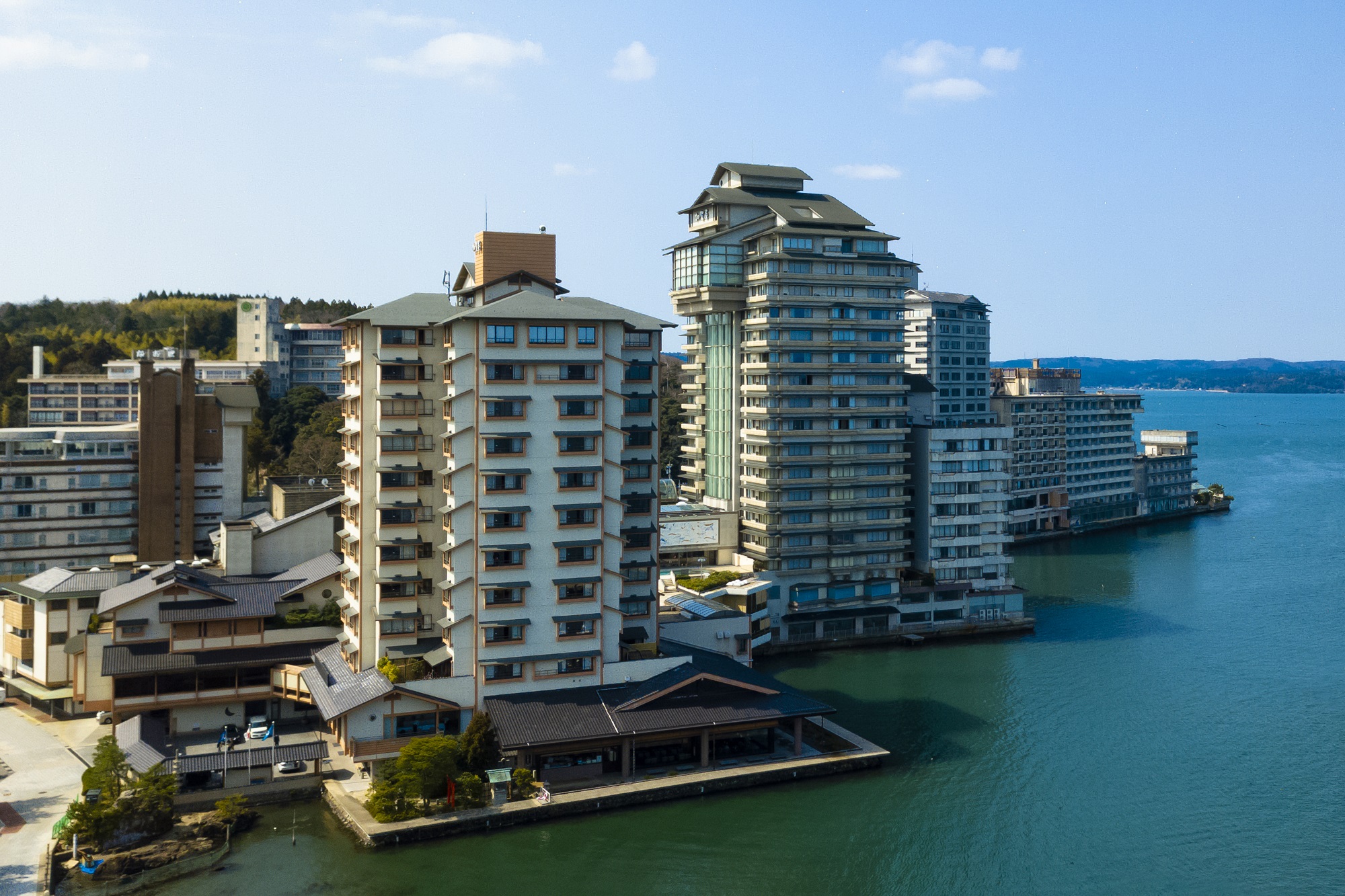Higashi-Chaya District / ひがし茶屋街 (Ishikawa)
About Higashi-Chaya District
Higashi-Chaya is the largest district of the three historic teahouses [chaya] representing the culture of Kanazawa. It was established in 1820, as a social gathering place for adults, and for geiko to entertain guests with music, dance, and games. The traditional wooden buildings and lattice-work windows of the district retain the traces of the 200-year history. Today, many of these buildings have turned into cafes, restaurants, sweet shops, and craft shops, but some remain as teahouses. Even today, the world of geiko is exclusive and invitations by referrals are required, but general visitors still have an opportunity to tour selected teahouses and experience a geiko show.

Higashi-Chaya District is said to have originated in 1820, when the Kaga Clan gathered teahouses scattered around Kanazawa Castle in the present location and arranged them in an orderly fashion. Although the word "teahouse" may be considered as a modern-day cafe, it is a place where geiko [or geisha] entertains guests with elegant arts, and the place where first-time visitors are denied entering without being introduced by the loyal customers, even today.
The teahouses "Shima" and "Kaikaro" are open to the public with an entrance fee including a tour of the teahouse. "Shima" is designated as an Important Cultural Property and is worth a visit.
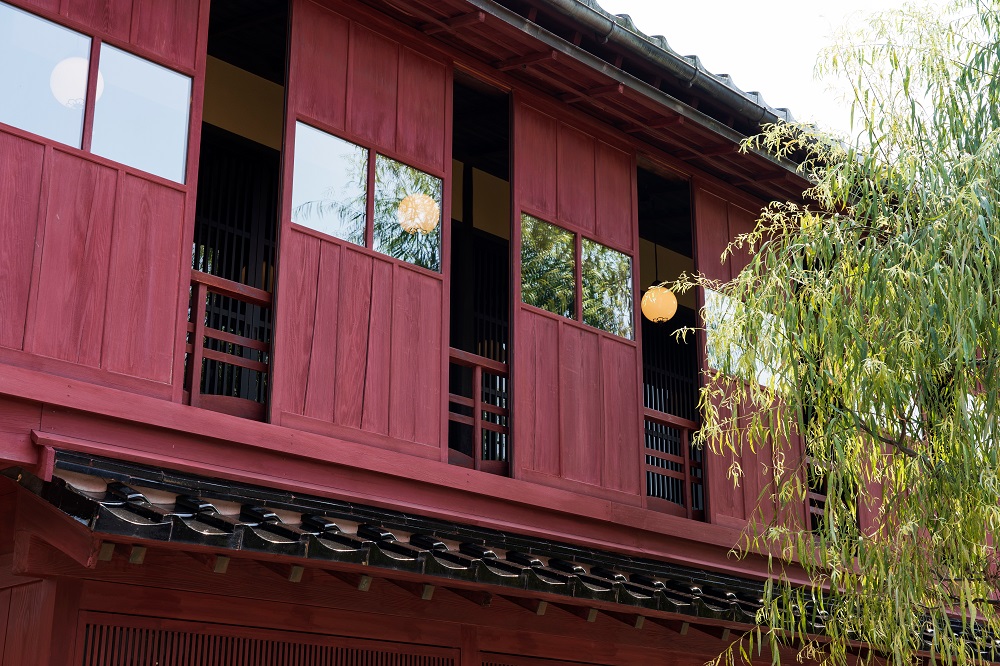
While at the Higashi-Chaya District, enjoy unique Kanazawa gourmet, such as "Kintsuba" [a type of Japanese sweet found in Kanazawa], "Jibuni" [a local delicacy], and "Oshizushi" [pressed sushi]. "Hakuichi" is said to be the first-ever to serve the "Kinpaku [Gold Leaf] no Kagayaki [sparkling] Soft Ice Cream", with a large piece of gold leaf on top, creating the "true taste" of Kanazawa as the largest gold leaf producer in Japan. The golden soft-serve ice cream is so photogenic, that many take a snapshot before devouring the special treat.
There is a wine bar run by former Geiko and proprietress of a teahouse that is still in business today.
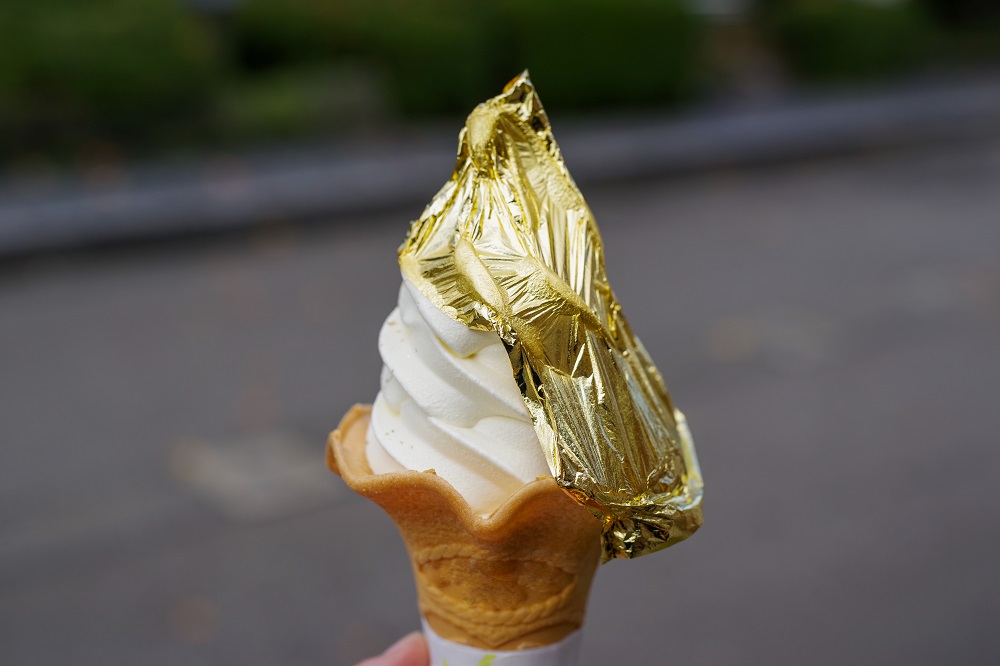
When visiting the Higashi-Chaya District, enjoy a variety of experiences starting with strolling around the streets in kimono, partaking in a tea ceremony, or applying gold leaf. "O-zashiki play experience" will be particularly memorable highlight, if you are able to visit the Kanazawa teahouse. Entering the Kanazawa teahouse is normally difficult, due to the " Membership only" policy, however, the O-zashiki play experience, including the Geiko dance and O-zashiki drumming, is open to the public on set dates. To participate in this unforgettable experience, check the dates in advance.
Getting there and around
by Bus
Kanazawa Loop Bus, Hokutetsu Local-Line Bus, and West JR Bus: Approx. 5 minutes on foot from "Hashiba-cho" bus stop
Kanazawa Flat Bus Zaimoku route: Approx. 5 minutes on foot from "Asanogawa Ohashi Bridge" bus stop
by Taxi
■From Kanazawa Station: About 10 minute ride
Recommendations
Ochaya SHIMA [National Important Cultural Asset] / 志摩
"Shima", located in the center of the Higashi-Chaya District, is a teahouse built in 1820. This building also has great academic value, remained untouched since the construction in the Edo Era and is designated Important Cultural Property. Guest rooms are located on the second floor of the building, adopting an elegant structure unique to a teahouse that places a strong emphasis on the performing arts. In the annex "KAN-SON-AN", enjoy traditional Japanese sweets and matcha while admiring the garden.

Kaikaro / 懐華樓
Kaikaro is another teahouse built in the Edo Era (1603-1868) and is the largest teahouse in Kanazawa. During the daytime, the building is opened to the public with an admission fee. Also, there are sweet treats in the cafe space and souvenirs. The ultimate authentic experience is possible by visiting the two teahouses "Shima" and "Kaikoro" at the same time because they are right next to each other.
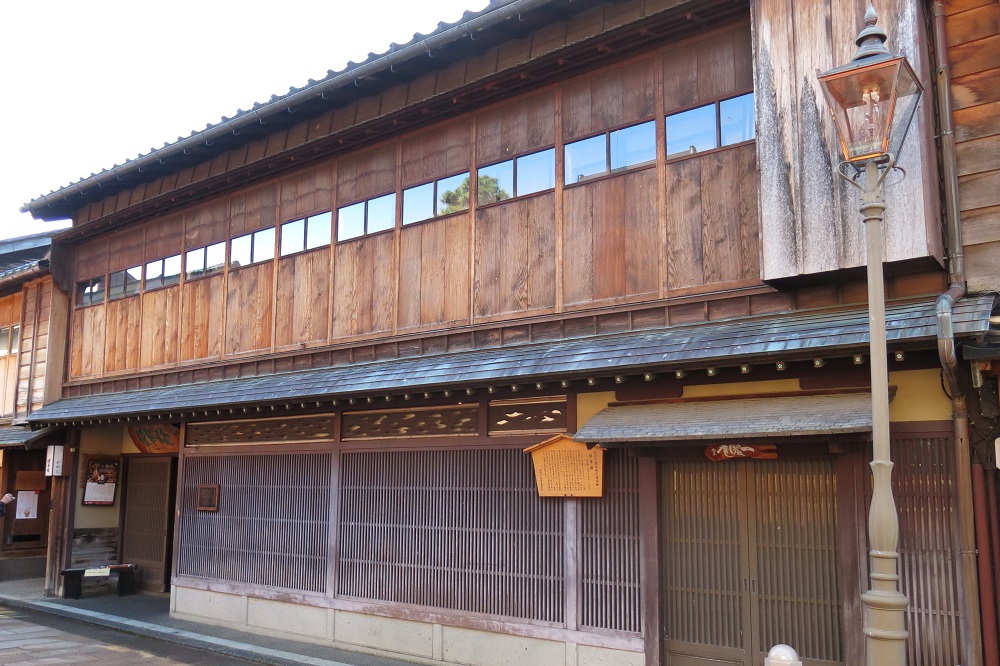
Gold Leaf Craft and Experience
Kanazawa is the largest producer of gold leaf in Japan, and is also home to abundance of handicraft featuring gold leaf. The gorgeous and extravagant-looking crafts using gold leaf dazzle the visitors. "Gold leaf application" is an activity available to the public, and involves applying gold leaf to small boxes, plates, and other items, to create original gold leaf crafts.

Kaga Yuzen and Experience
Kaga Yuzen is a kimono made in the Kanazawa area, which is disgnated as a traditional Japanese craft. It is based on colors known as "Kaga Gosai" [The five colors of Kaga], wihich are indigo, crimson, ocher, dark green and royal purple, and was once used as ceremonial dress for women of samurai families and wealthy families. At the "Kaga Yuzen Dyeing Experience, dyeing handkerchiefs and tote bags with flowers and other patterns are experienced by visitors.
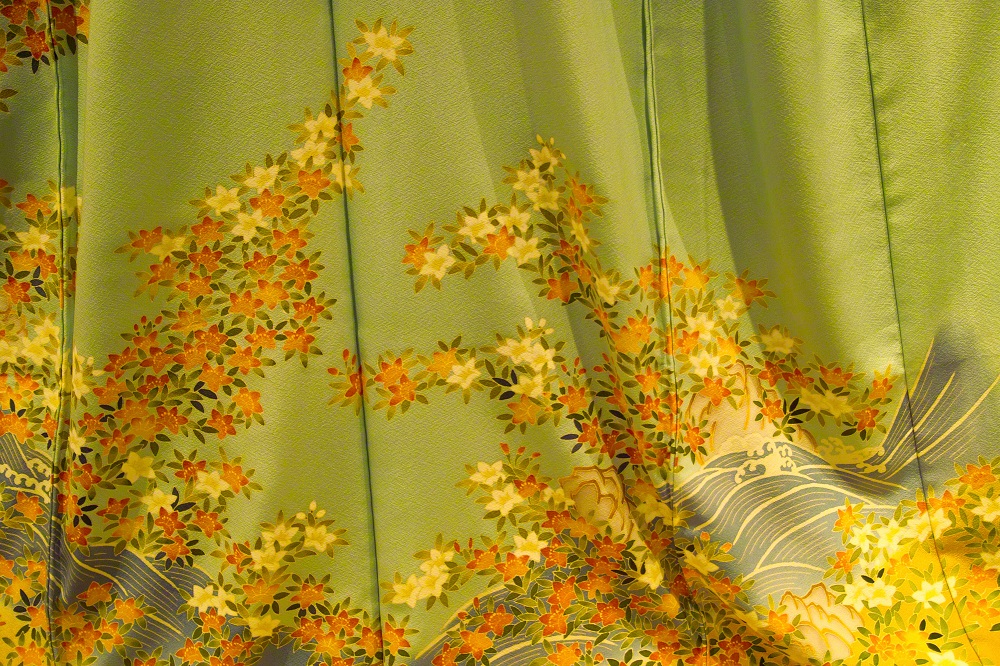
Unique Local Experiences
The ears of corn are often seen hanging from the eaves of traditional houses in Higashi-Chaya District. This stems from the custom in Higashiyama, the area Higashi-Chaya District belongs to, of hanging the ears of corn on the doorstep as a good-luck charm. In addition to warding off bad luck, corn is also used as a talisman to ward off lightning (Ishikawa Prefecture has the highest number of lightning bolts in Japan), and the bushy corn silk is believed to lead to profits.
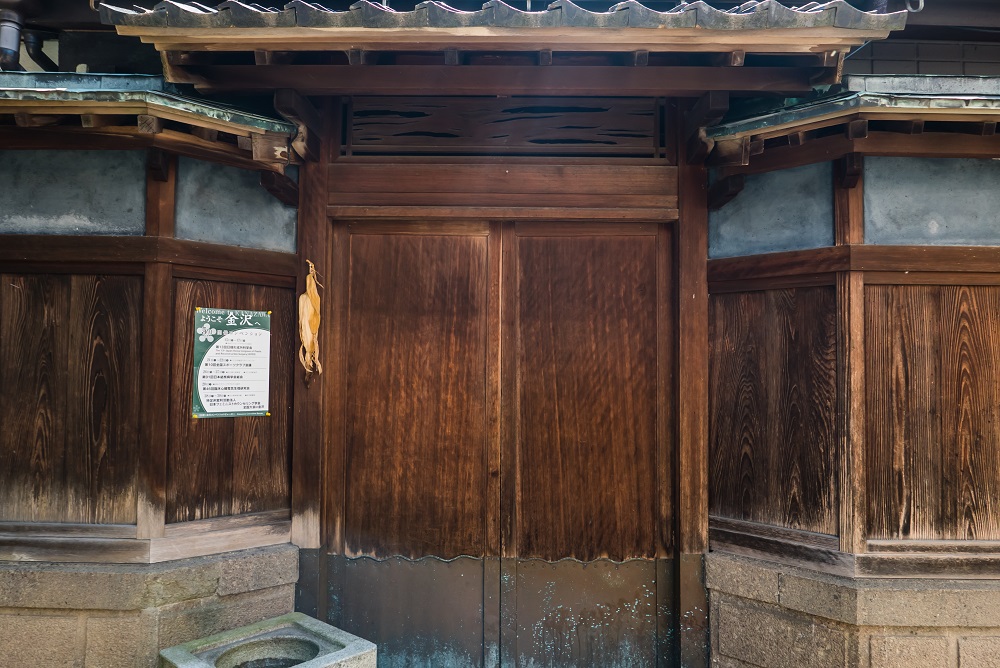
Travel Recommendations
Located close to the entrance of the Higashi-Chaya District, "Higashi-Chaya Kyukeikan Rest House" is open for everyone, free of charge. The facility is a restored machiya [traditional Japanese wooden townhouse] built in the Edo Era, for visitors to get a true sense of how life was back in the time. This rest house, was a pawnshop back in the time, but now serves as a rest station for the tourists. Tourist information is available only in Japanese.
Accommodations
Kagaya / 加賀屋(Ishikawa)
-Closed due to the impact of the 2024 Noto Peninsula Earthquake-
-Re-opening at the end of the fiscal year 2027-
80 Yo-Bu, Wakura-Machi, Nanao-shi, Ishikawa
Established in September 1906, Kagaya was initially a modest inn with 12 rooms that could accommodate approximately 30 people. With 117 years of history, Kagaya is known as one of the largest luxury hot spring inns not only in the Wakura Onsen area, ....

